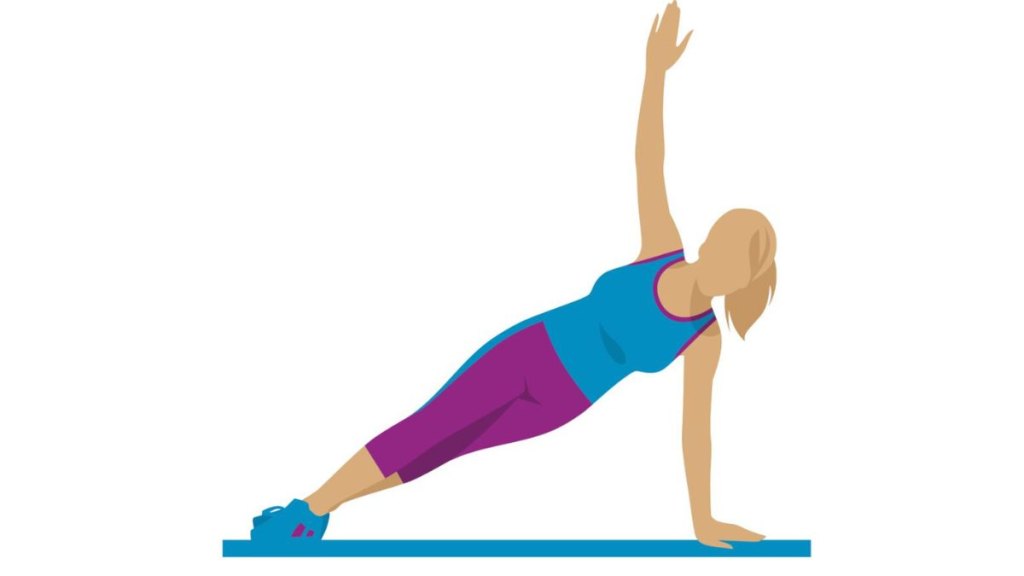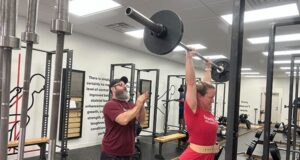If you’ve ever tried them, you know side planks are challenging—even more than regular planks. But they’re a critical move, says Keli Roberts, an exercise physiologist with the American College of Sports Medicine.
Side planks engage the obliques, the muscles that run along the side of your core and help you twist your trunk. Strong obliques protect your spine. In fact, research in the International Journal of Sports Physical Therapy found that athletes with poor core strength (as measured by tests like side plank) have a higher risk of lower-back pain.
What’s more, says Roberts, “Side planks are one of the most powerful stabilization exercises for the lower back and shoulders.” To gauge your ability to do a side plank, try this 1-minute challenge.
How to do the side plank test
Lie on the floor on your left side, propped up on your left forearm. Keep your elbow and forearm in front of you in an L shape, and “push your shoulder down and back so your neck is long,” Roberts says.
Extend your legs in a straight line so your head, left shoulder, left hip and left knee are aligned. Bring your right foot slightly in front of your left foot and lift your knees and hips off the floor as you exhale.

Keep your hips stacked and your torso straight as you reach your right hand up toward the ceiling.
Continue breathing as you hold this position for as long as you can. Switch sides and repeat.
Once you can do side planks on your forearm, increase the challenge by supporting yourself on your hand instead of your forearm, as shown above.
How did you do?
If you held the side plank for 30 seconds, that’s a strong start. If you held it for 60 seconds, that’s great.
If you struggled, here’s how to improve…

Don’t worry—you can build up to holding a side plank for longer. Start by doing side bridges, which have the same setup for your upper body but with your knees bent at a 90-degree angle and your lower legs behind your butt in an L shape. While resting on your lower shin, lift your hips and hold this position. “This is a great stepping stone,” says Roberts. “Once you can hold the side bridge for 30 to 40 seconds, you can try a full side plank again.”
Don’t be surprised if you can hold the side plank for longer on one side than the other during the initial challenge. “That’s not unusual,” Roberts says. As you get stronger, aim to spend the same amount of time on each side.
Ready for a bigger challenge?
Once you can hold a side plank for 60 seconds on each side, you can make the move even more challenging by lifting your top leg and extending it straight up toward the ceiling, in line with your hip, so your body is in a star position. This adds a balance challenge while strengthening your obliques.
Another option: If you want to challenge your oblique muscles even more, you can add hip dips to the basic side plank. To do: Slowly pulse your hips up and down.
The bottom line
Besides being a powerhouse move for your upper body and core, side planks are good for your hip and spinal stability. They’re not easy to do, Roberts acknowledges, but they’re worth the effort because building strength and stability in your shoulders, spine, hips and abdominal muscles will help you move better in sports and everyday life, she notes. “Having that stability is also great for your posture.”




